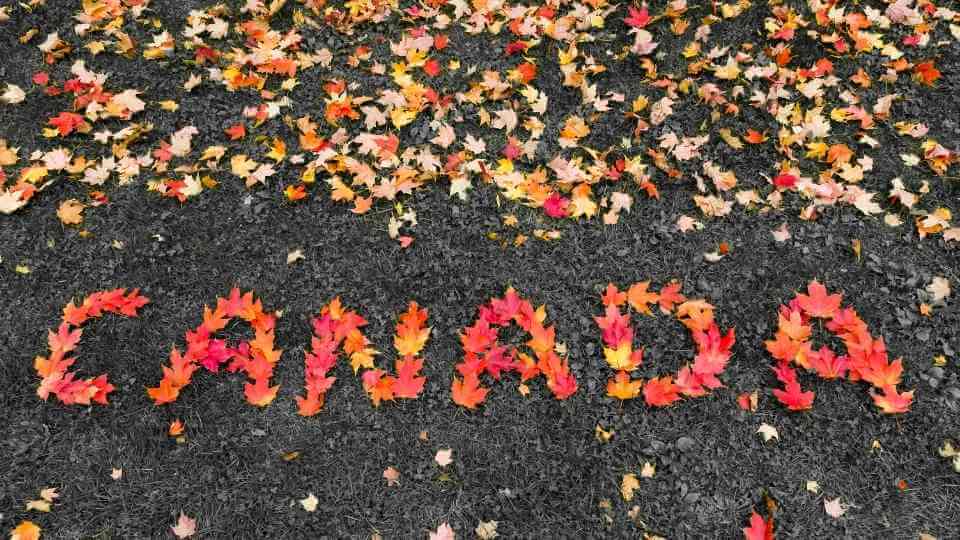From “magical” lakes to world-record-breaking rocks, these fascinating facts about Canada’s geography will encourage you to reconsider our country’s surroundings.
Nunavut has the world’s tallest vertical drop – Geography Facts Canada
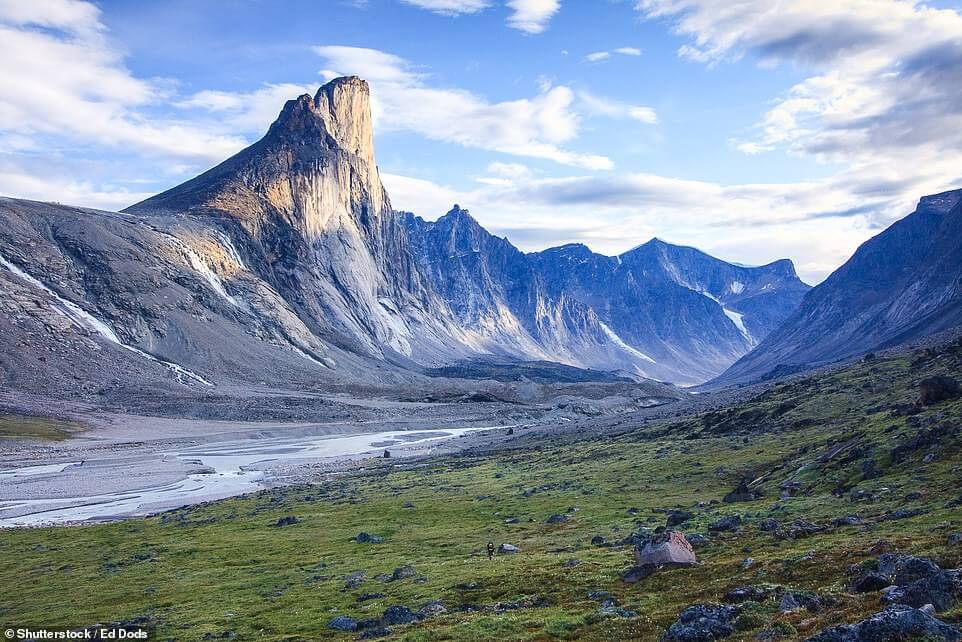
Mount Thor, named after the Norse god of thunder, is the world’s tallest vertical drop at 1.25 kilometers (4,100 feet). (The granite mountain’s 105-degree overhang indicates its slope is steeper than vertical.) This monster of Canadian topography, located in Auyuittuq National Park on Baffin Island, has naturally become a popular climbing and paragliding location over the years, though the latter activity is prohibited.
Here are 7 Interesting Places You Can’t Miss On The East Coast of Canada
A mountain range in the Northwest Territories is constantly on fire.
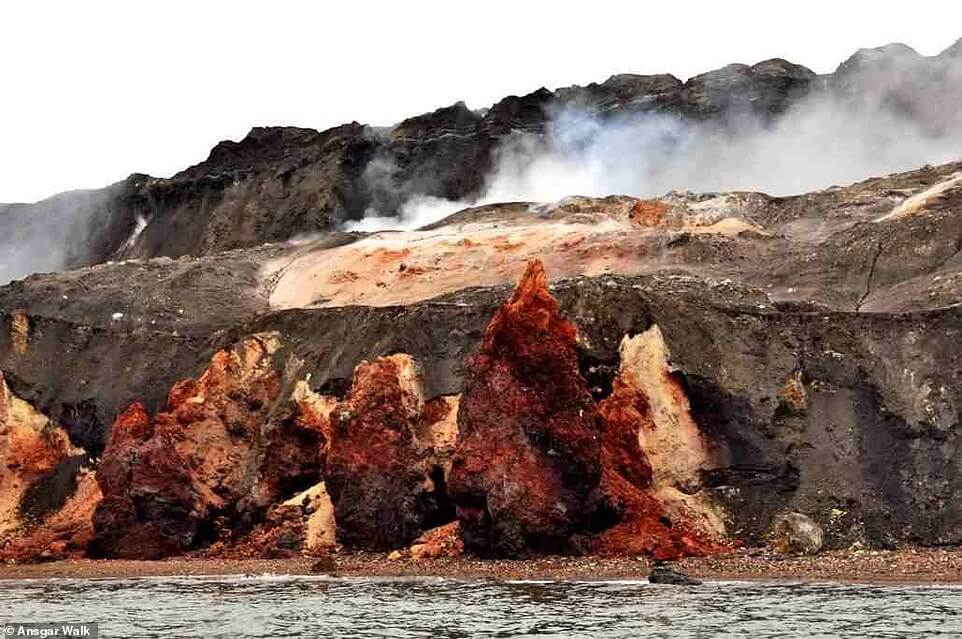
The Smoking Hills, located on the east shore of Cape Bathurst in the Northwest Territories, have been smoldering for hundreds of years. Magic? Not at all. The subterranean oil shales underlying the formations are high in sulfur and brown coal, causing the rocks to catch fire when exposed to oxygen. Irish adventurer Robert McClure made the first reported sighting of this oddity of Canadian terrain in the early 1800s.
Check out more How to visit Rocky Mountains National Park, Canada, in 1 day?
The Yukon is home to the world’s smallest desert – Geography Facts Canada

To be clear, the unincorporated settlement of Carcross in the Yukon uses the name in jest, as the Carcross Desert isn’t even a dessert. In truth, this lovely 2.5 square kilometer spot of land is a collection of sand dunes left behind from glacial lake thousands of years ago—the surrounding mountains keep the area dry all year.
Don’t forget 7 unique places in Canada that will prove just how strange this country is
Canada has more lakes than the rest of the world combined.
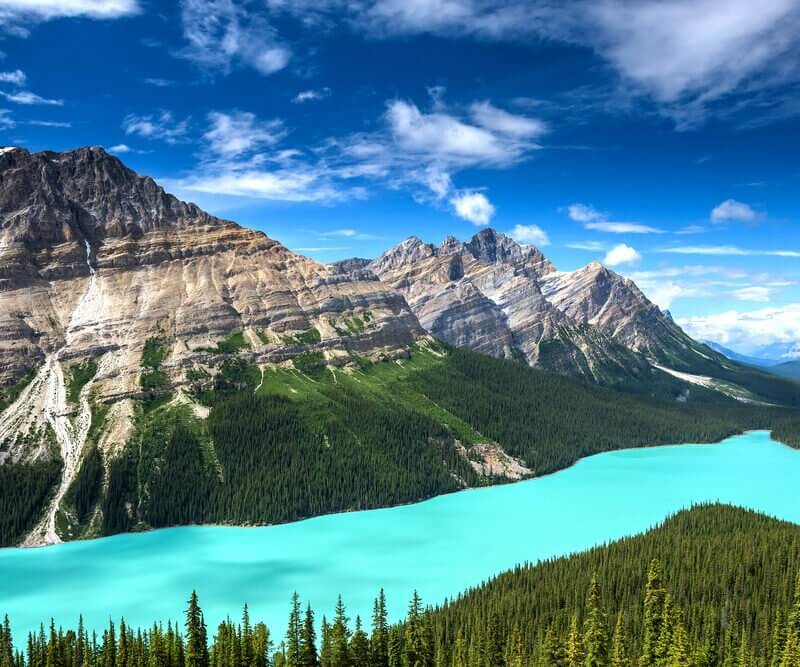
Yes, you read that correctly: Canada is home to around 60% of all natural lakes globally. According to the World Atlas, 31,752 lakes in Canada are larger than three square kilometers, with 561 lakes having a surface area larger than 100 square kilometers.
Here are 10 Stunning Lakes In Canada Every Nature Lover Must See!
The province of British Columbia is home to the country’s most unusual lake.
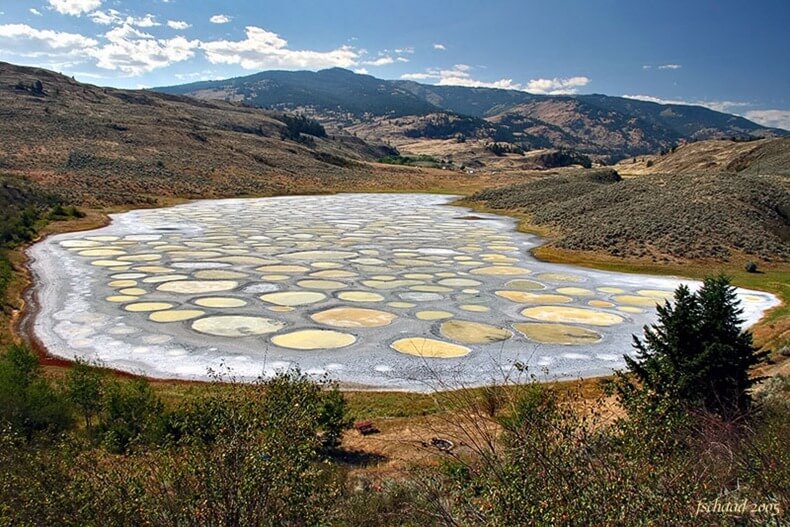
Spotted Lake in British Columbia’s Similkameen Valley looks like any other lake for most of the year. However, this rather unimpressive body of water morphs into something magical during the summer. Spotted Lake’s water evaporates and crystallizes various minerals in the hot sun, generating dozens of white-rimmed circles. These small pools, formed by Spotted Lake’s high concentrations of magnesium sulfate, calcium, and silver, appear in striking colours of yellow and green.
Canada boasts the world’s longest coastline – Geography Facts Canada
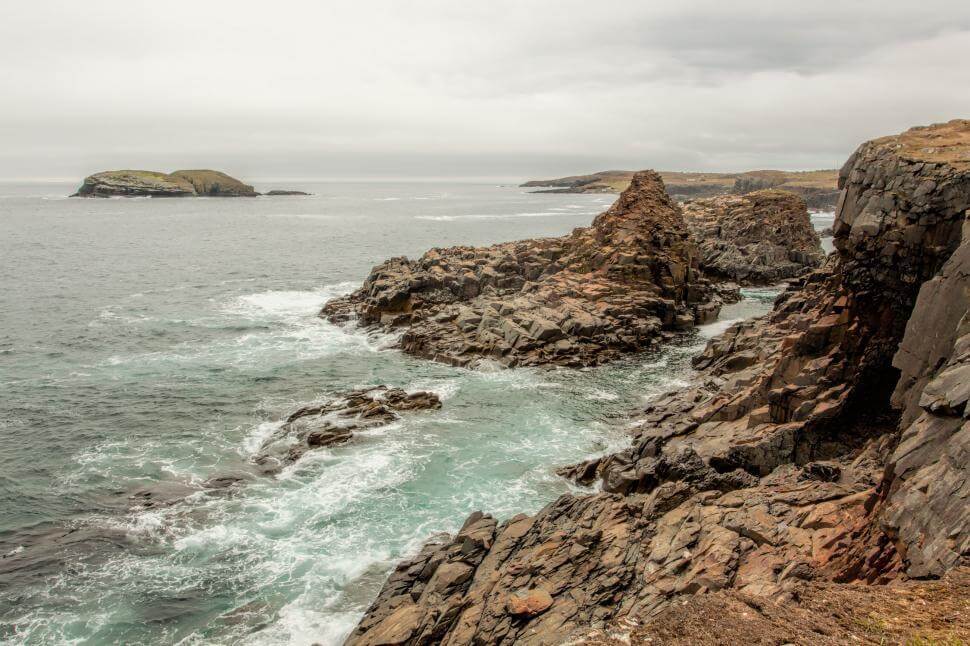
While being the world’s second-largest country, Canada has the longest coastline, surrounded by the Pacific, Atlantic, and Arctic oceans. At 19 kilometers per day, it would take more than 30 years to walk Canada’s entire coastline, which measures around 243,042 kilometers.
The town of Frank, Alberta, was the location of Canada’s deadliest landslide.
On April 29, 1903, 110 million tonnes of limestone rock fell from Turtle Mountain and landed on the mining community of Frank, Alberta. The landslide devastated the entire eastern half of Frank and killed between 70 and 90 people. Indigenous tribes had long suspected Turtle Mountain was unstable; the town’s coal mining operations may also have contributed to the disaster.
Check more 10 Surreal Places In Alberta That You Have To Visit At Least Once In Your Life
The Dead Sea has its equivalent in Canada.
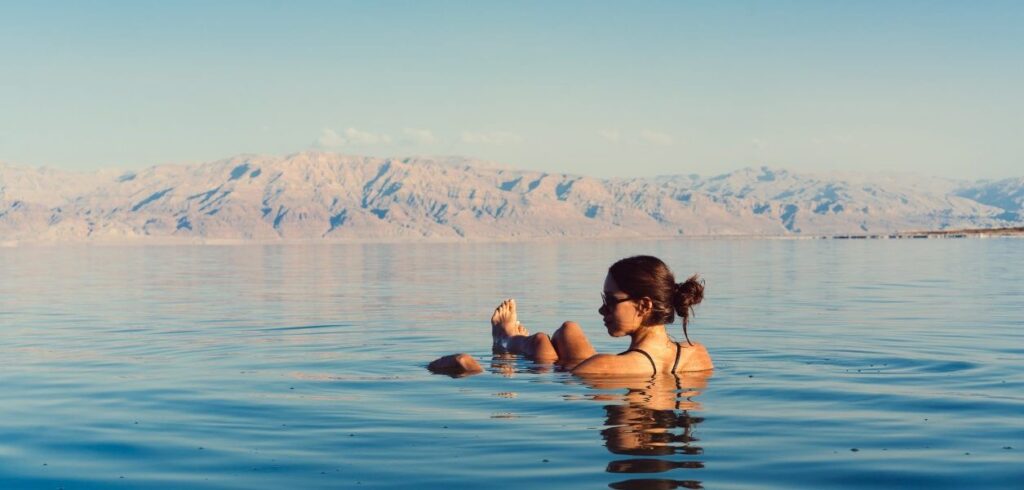
The waters of Little Manitou Lake in Saskatoon, known as the “Dead Sea of Canada,” are around five times saltier than the ocean—and roughly half as salty as the Dead Sea in Israel and Jordan. The lake, fed by underground springs, is so abundant in sodium, magnesium, and potassium salts that swimmers nearly never sink. Locals and visitors alike swear by Little Manitou Lake’s ability to heal skin ailments, arthritis, and joint discomfort, even though the science on its healing properties is still in the early stages.
You can travel to France, located just off Newfoundland’s coast.
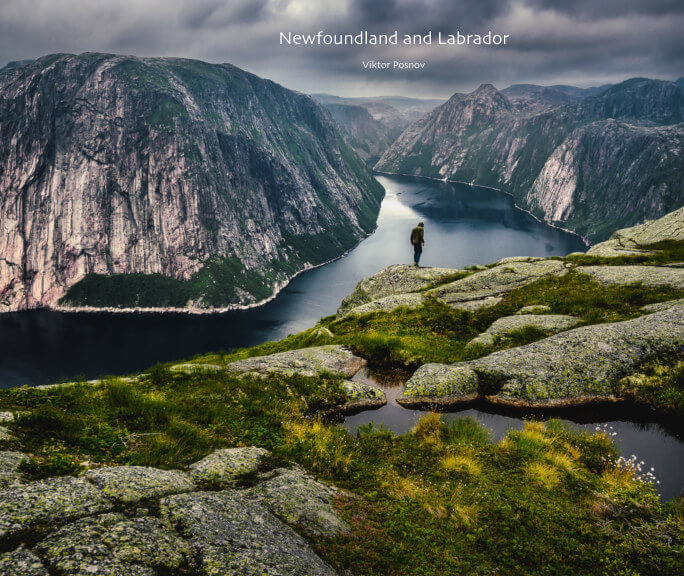
Did you think it was possible to get from St. John’s to France in three hours? Consider again. Saint Pierre and Miquelon is an archipelago located 25 kilometers off the southern coast of Newfoundland and Labrador, and it is the last remaining piece of French territory in North America. Despite its east coast location, Saint Pierre and Miquelon is a part of France: its currency is the Euro, its customs and traditions are French, and the French spoken by its 6,000 inhabitants is more comparable to Metropolitan French than Canadian French.
Do you know Why Is French Spoken In Canada?
Quebec is home to some of the world’s oldest rocks.
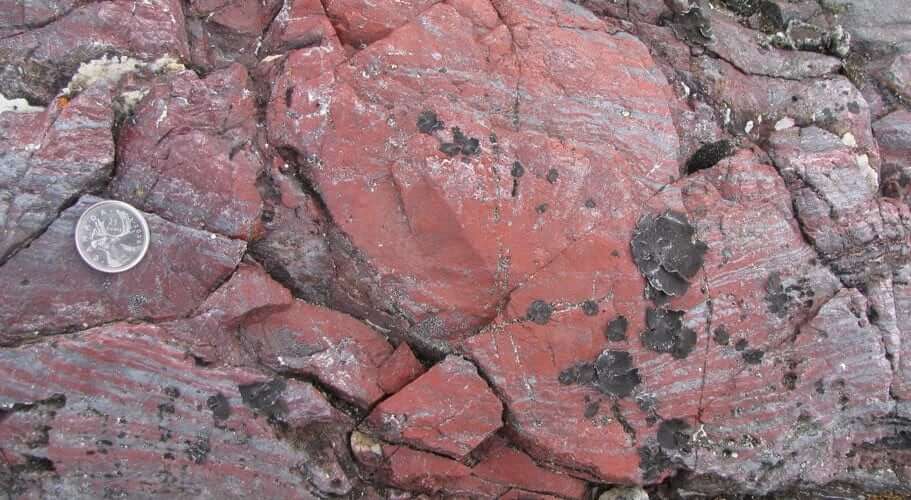
A team of Canadian and American academics discovered 4.28 billion-year-old rocks off the Northern Quebec coast of Hudson’s Bay in 2008. The oldest previously known rocks were discovered in the Northwest Territories’ Acasta Gneiss formation, southeast of Great Bear Lake.
Here are 7 Most Charming Towns in Quebec If You Want To Escape The City
